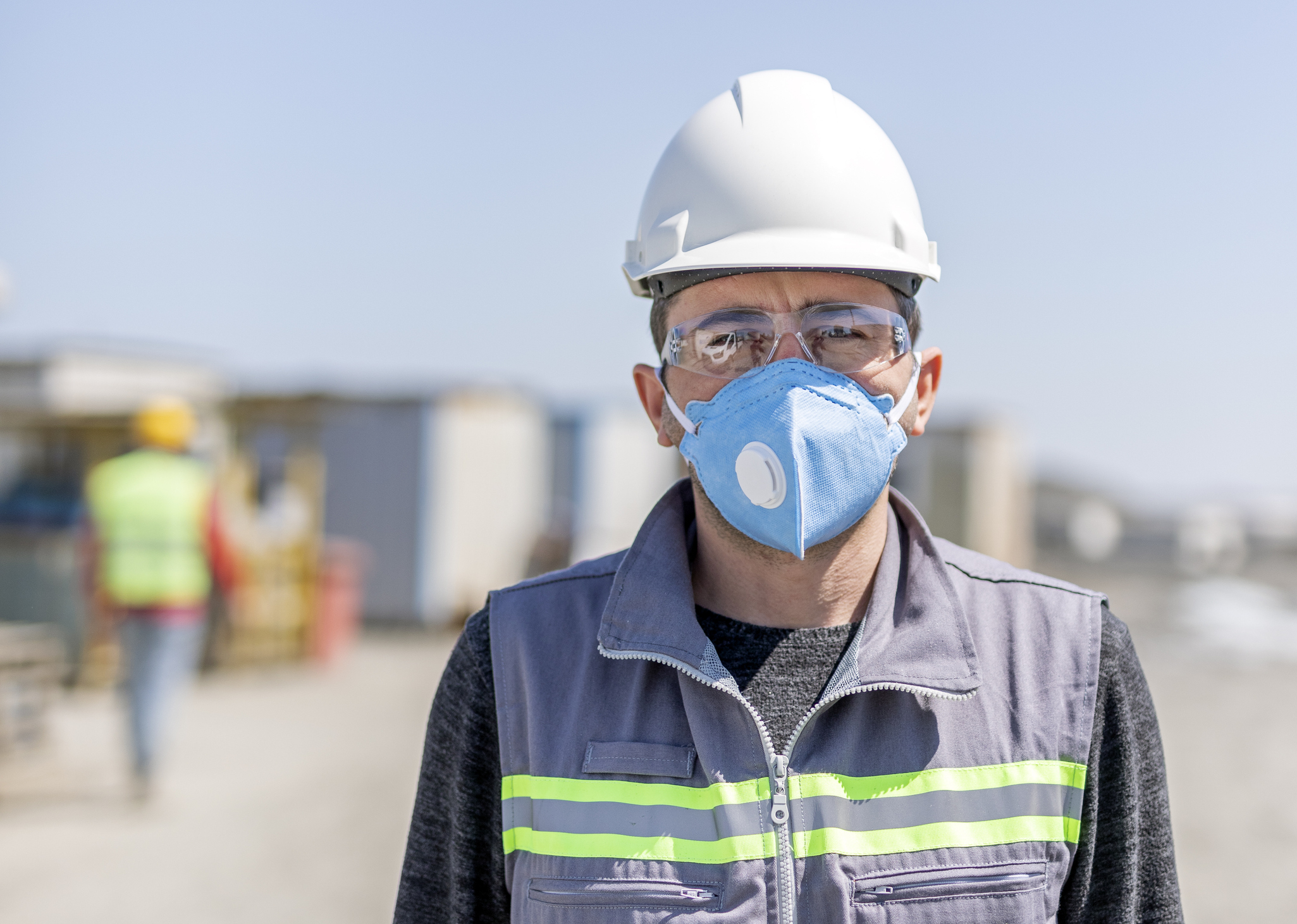Silicosis National Registry: What it means for doctors
Published on Posted onA draft legislation proposed by the federal government will ensure that doctors report details about workers who contract silicosis to a new national registry within 30 days of their diagnosis. The goal of this new registry will be to collect data that will be able to monitor silicosis risks within the workplace and help to hopefully end reduce further harmful worker exposure and ultimately eliminate silicosis as an occupational disease.
What is Silicosis?
Silicosis is a lung disease caused by inhaling unsafe levels of dust containing respirable crystalline silica dust, a natural mineral. Those diagnosed with silicosis and other respirable crystalline silica related conditions including pulmonary fibrosis, sarcoidosis, and rheumatoid arthritis, are typically workers such as stonemasons, who inhale a the very fine silica dust that contains silica. Particles produced during their work processes. These small dust particles scar the lungs and can lead to long term non-curable and progressive health issues.
Those who work with quartz, sand, stone, soil, granite, concrete, brick, or any other engineered stone products are at risk of inhaling the respirable crystalline silica dust particles. The engineered stone, also known as artificial stone, can contain up to 97% crystalline silica in comparison to natural stone which can contain less than 5%. Artificial stone which is found in stone now days commonly used for kitchen bench tops are a major cause to in the recent rise of silicosis within construction workers. So much so that the National Dust Disease Taskforce has considered a complete ban on artificial stone. Even with the use of wet methods and ventilation to reduce exposure to the dust, studies and monitoring information reveal that workers can still be exposed to unsafe levels of the hazardous dust.
Such extreme measures are considered necessary due to the rapid increase of silicosis cases. One estimate from Curtin University predicts that over half a million workers in Australia have been exposed the dangerous dust. Annually there will be over 100,000 workers likely to be diagnosed with silicosis and more than 10,000 works will develop lung cancer from their exposure.
The National Occupational Respiratory Disease Registry
With this new draft legislation, the federal government are putting pressure on health professionals to utilise their position to promote more regulatory compliance. Doctors not only will be required to pass on information about the patient they diagnosed but also their workplace to better observe the wide spread of workers who suffer from the lung disease. Failure to do so within 30 days can cause the doctors to face fines of up to $8,250 as. The patient will not need to consent to their information being reported to the national registry.
This movement of regulation is backed by the Australian Council of Trade Unions. The council has been calling for the mandatory reporting of occupational diseases. As the current scope of recording exposure history was inadequate. Only considering the patients ‘last exposure’ will miss and incorrectly attribute diagnosis to the last exposure even though all exposures are essential to appropriately assessing preventative action.
Having a more well-rounded collection of information about workers and their workplaces regarding silica exposure, will enable a nationally coordinated response that will allow us to better protect those who work with these stone top materials. It will also assist relevant state and territory health and work health safety agencies to understand occupationally caused respiratory conditions in their respective jurisdictions and assist them in developing actions to reduce further worker exposure. However, revised legislation is not expected to be introduced until the second half of 2023 the implement of this legislation will not happen to the second half of this year and is still being consulted on. Feedback from health professionals and those involved in the trade unions will also be considered before being introduced.
Regulated Ban of Engineered Stone
Meanwhile, in February 2023 Safe Work Australia had been asked by all the Work Health and Safety Ministers of Australia’s states and territories to undertake further analysis and consultation on the impacts of a prohibition on the use of engineered stone. Professional associations, stakeholders and unions including the Thoracic Society of Australia and New Zealand, the Lung Foundation, the Australian Council of Trade Unions and The Australian Institute of Occupational Hygienists Inc (AIOH) all support the precautionary approach in banning all engineered stone. The AIOH argues that a percentage of exposure that is protective of worker health, or “safe” cannot be determined.
Safe Work Australia is currently considering submissions from stakeholders, of which will assist them in providing a report to the Work Health and Safety Ministers of Australia’s states and territories for their consideration. A final decision on whether there would be a regulated ban on engineered stone is expected by the end of the year.
Zaparas Lawyers supports the urgent ban of the importation, manufacture, and use of engineered stone. Current measures to help reduce the risk of exposure are often not strictly adhered to and generally fail to eliminate the risk of exposure.
Read more about Silicosis on our Zaparas Lawyers Blog:
Tradies at risk of developing disease
WorkCover Entitlements for Occupational Diseases
Easier and faster access to WorkCover entitlements for those workers exposed to Silica
Welcomed changes to occupational disease legislation
Zaparas Lawyers secures damages for worker diagnosed with Silicosis


